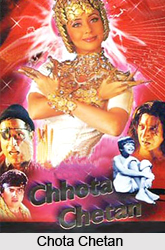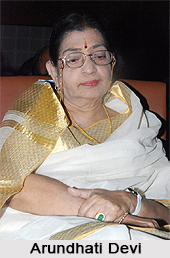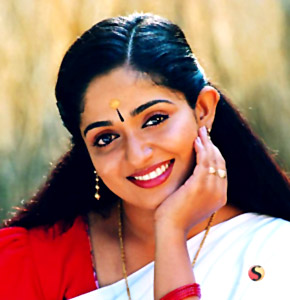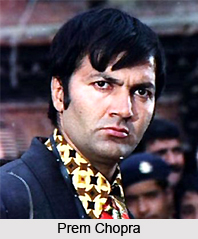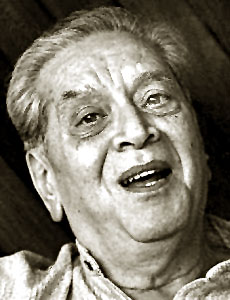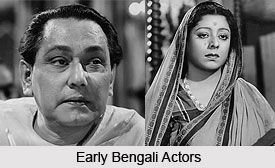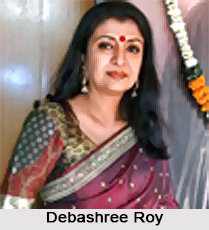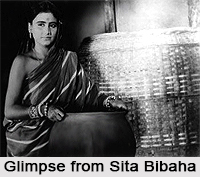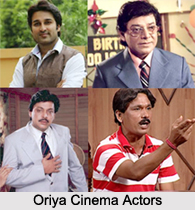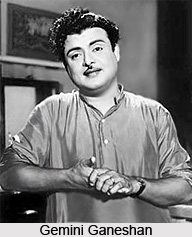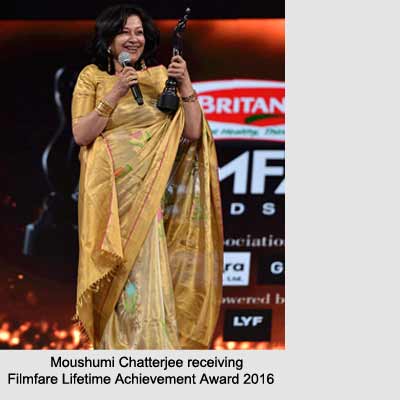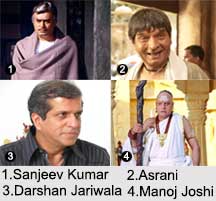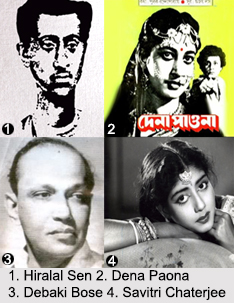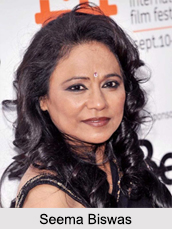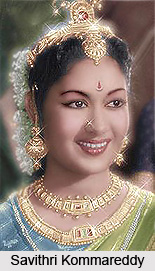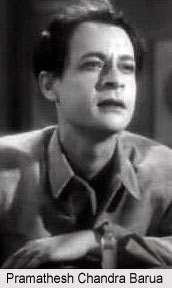 Pramathesh Chandra Barua was in many ways a renowned director, actor and screen writer. He was the man who was mostly responsible for the rising fortunes of the New Theatre in the 1930s. Bengali director PC Barua delivered the first cult film of the Indian cinema, Devdas in 1935. Even today the Devdas cult is popular in Indian cinema.
Pramathesh Chandra Barua was in many ways a renowned director, actor and screen writer. He was the man who was mostly responsible for the rising fortunes of the New Theatre in the 1930s. Bengali director PC Barua delivered the first cult film of the Indian cinema, Devdas in 1935. Even today the Devdas cult is popular in Indian cinema.
Early Life of Pramathesh Chandra Barua
Pramathesh Chandra Barua was born on 24 October, 1903 at Gauripur, Assam His father name was Prabhat Chandra and his mother was Sarojbala Devi. He belonged to Zamindar family of Assam.
P.C Barua did his schooling from Hare School of Kolkata and completed his graduation from Presidency College in the year 1924. He joined the new theatre (1932-39) and freelanced thereafter. This veteran person married Jamuna Barua.
Career of Pramathesh Chandra Barua
Pramathesh established Barua Pictures Limited. The first major project of the studio was Apradhi in 1931. Barua acted in this film and it was a critically acclaimed movie. Then in the year 1932 Barua acted as a villain in the film Bhagyalaxmi. Barua`s burst through with New Theatres came with Devdas in 1935 in Bengali. This film became the remarkable in Indian film. Barua was in the lead role in this film. He then re made the film in the year 1936 with K.L. Saigal in the lead. Barua was a vivid photographer and went abroad to study about the technological details of photography. He invested money in Dhiren Ganguly`s "Dominian Films" and acted under their flag too. With recommendations from Rabindranath Tagore, he went to Mr. Rogers in Paris to learn camera operation and cinematography.
His camera conception in Devdas
Devdas (dir. P.C. Barua, 1936) is an adaptation from a 1907 Bengali novel by Saratchandra Chattopadhyay.
A production of New Theatres, one of the two initial sound studios dubbed at Tollywood in the 1930s, and released in Kolkata while India was still under British rule. Devdas is a fundamental text in terms of an aesthetic rendering of an Indian modernity. The director was the British-educated son of a well known, estate-owning aristocrat. In the context of India nascent, fluctuating and marginal film culture, Devdas represents a pioneering attempt to hybridise and adapt the new film medium to Indian conditions, stylistic forms and tastes.
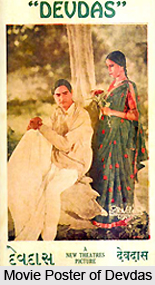 Barua also complicates the familiar cinematic depiction of the oppressive alienation of the crowd as a typically urban phenomenon at the village too can produce a similar experience. Roving, frequently high-angle aerial camera-work in scenes featuring village life conveys the constant surveillance of gossiping neighbours. An instance of this is in the scene where Devdas returns home from the city, and rushes to visit Paro (the female character of Devdas), despite knowing that she, being of a lower caste, is considered by all to be an ineligible match for him. A high-angle shot frames Devdas as he approaches Paro`s house, then pans to settle on Paro, who waits bashfully by a side door. The shot is presented as though from the perspective of a spying neighbour who has observed the illicit desire of the couple. His conception in Devdas is a landmark in Indian Cinema.
Barua also complicates the familiar cinematic depiction of the oppressive alienation of the crowd as a typically urban phenomenon at the village too can produce a similar experience. Roving, frequently high-angle aerial camera-work in scenes featuring village life conveys the constant surveillance of gossiping neighbours. An instance of this is in the scene where Devdas returns home from the city, and rushes to visit Paro (the female character of Devdas), despite knowing that she, being of a lower caste, is considered by all to be an ineligible match for him. A high-angle shot frames Devdas as he approaches Paro`s house, then pans to settle on Paro, who waits bashfully by a side door. The shot is presented as though from the perspective of a spying neighbour who has observed the illicit desire of the couple. His conception in Devdas is a landmark in Indian Cinema.
After Devdas a number of fantastic films followed: Manzil (1936), Mukti (1937), Adhikar (1938), Rajat Jayanti (1939) and Zindagi (1940). In Mukti, Barua played the role of a young artist. It was one of those first films where the songs from Rabindranath Tagore were being played. Adhikar brings forth Barua`s interest with the conflict between tradition and contemporary. Rajat Jayanti displayed to the world Barua`s forte for comic flicks. Zindagi once again brought together Barua and K. L. Saigal. This romantic film deals with lovers living together.
Not only was P.C. Barua a great director but he also wrote his own screenplays. One of the last films of PC Barua is Shesh Uttor in 1942. The film was also made in Hindi, titled, Jawab..." He worked as a cinematographer in Zindagi?
Filmography of Pramathesh Chandra Barua includes...
As a director
* Bengal 1983 (1932)
* Roop Lekha (1934)
* Devdas (1935)
* Maya (1936/II)
* Maya (1936/I)
* Manzil (1936)
* Grihadah (1936)
* Devdas (1936)
* Mukti (1937/II)
* Mukti (1937/I)
* Adhikar (1938)
* Rajat Jayanti (1939)
* Adhikar (1939)
* Zindagi (1940)
* Shap Mukti (1940)
* Mayer Pran (1941)
* Uttarayan (1941)
* Jawab (1942)
* Rani (1943)
* Subah Shyam (1944)
* Ameeree (1945)
* Pehchan (1946)
* Iran Ki Ek Raat (1949)
* Maya Kanan (1953)
Pramathesh Barua as an Actor
* 1. Subah Shyam (1944)
* 2. Rani (1943)
* 3. Jawab (1942)
* 4. Uttarayan (1941)
* 5. Mayer Pran (1941)
* 6. Shap Mukti (1940)
* 7. Adhikar (1939)
* 8. Rajat Jayanti (1939)
* 9. Adhikar (1938)
* 10. Mukti (1937/I)
* 11. Mukti (1937/II)
* 12. Grihadah (1936)
* 13. Manzil (1936)
* 14. Devdas (1935)
* 15. Roop Lekha (1934)
* 16. Bengal 1983 (1932)
* 17. Aparadhi (1931)
* 18. Charitraheen (1931)
* 19. Takay Ki Na Hay (1931)
Pramathesh Barua as a Writer
* 1. Adhikar (1939) (writer)
* 2. Rajat Jayanti (1939) (writer)
* 3. Adhikar (1938) (writer)
* 4. Mukti (1937/I) (writer)
* 5. Mukti (1937/II) (writer)
* 6. Devdas (1936) (writer)
* 7. Maya (1936/I) (writer)
* 8. Maya (1936/II) (writer)
* 9. Devdas (1935) (writer)
* 10. Ekada (1932) (screenplay)
P.C Barua passed away in the year 1951 at the age of 48 in Kolkata
